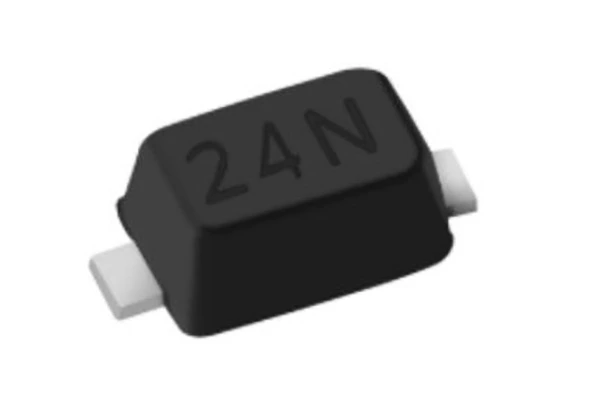
Overvoltage Protection In Automotive Electronics: Diode Selection

Fuses vs Circuit Breakers: What’s the Difference?

SMD Fuses: An Efficient Overcurrent Protection Solution for Compact PCB Designs

Guide To Tvs Diodes: From Working Principles To Selection Process

What Is An Esd Overvoltage Protection Device:principle, Type And Application
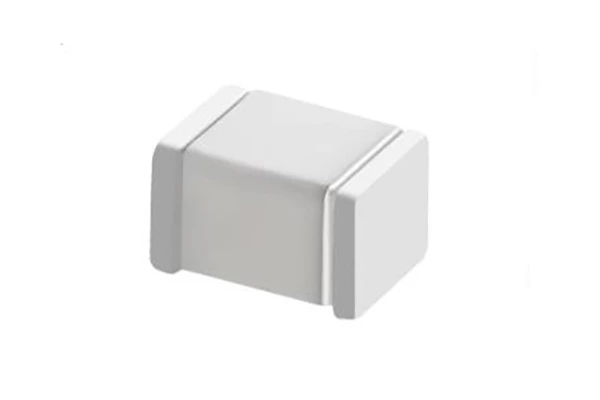
Gas Discharge Tube (gdt) Explained: Principles, Applications, And Selection Guide
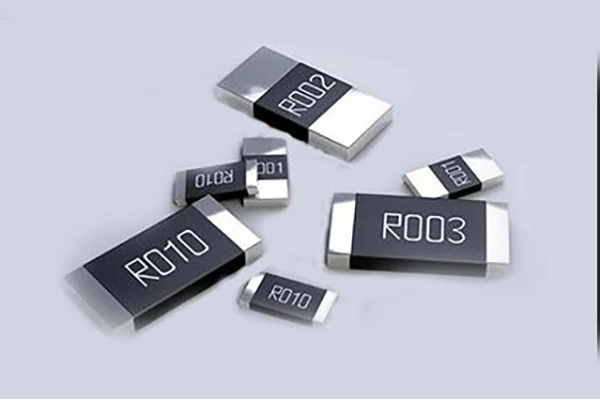
Application And Selection Guide Of Low-ohm Resistors In Current Detection
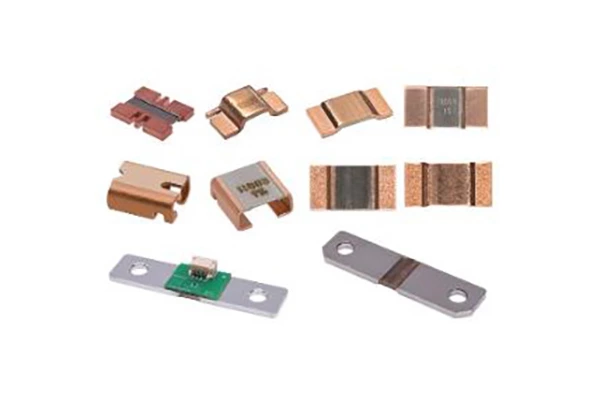
Current Shunt Resistor Selection Guide:High-Precision Shunts for EV Battery Management

How to Choose the Right Resistor for Your Circuit Design
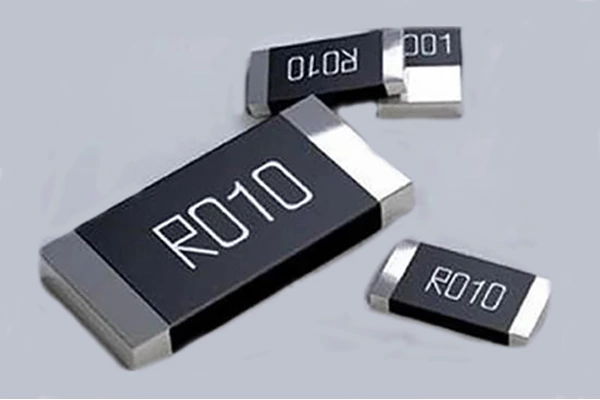
Detailed Explanation of the Working Principle of Resistors: A Beginner's Guide
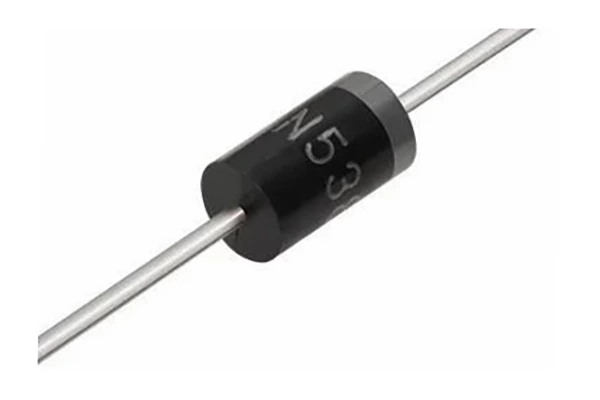
The Difference Between A Diode And A Zener Diode
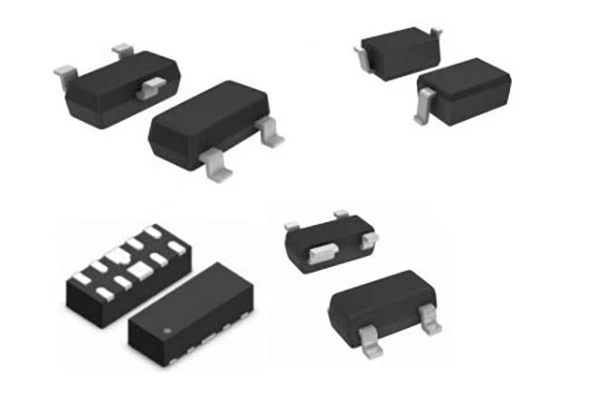
Differences between Polymer ESD devices and conventional ESD protectors
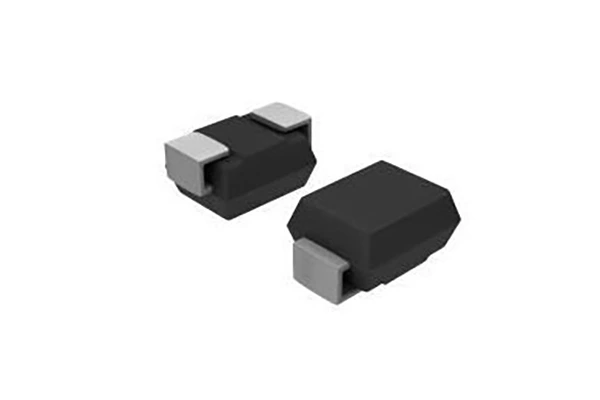
Prosemi Pd Fast Charging Solution

Prosemi AC Power Port Surge Protection Solutions: Technical Breakthroughs and Application Advantages

Prosemi Introduction To New Shallow Snapback Tvs Devices And Their Applications

Current Protection: How To Ensure The Stable Operation Of The Robot By Overcurrent Protection And Overvoltage Protection
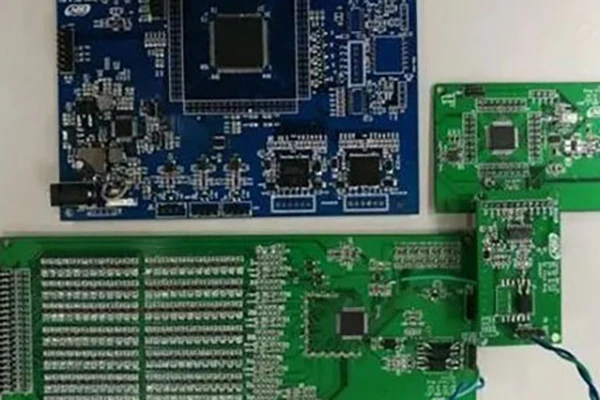
Resistors In Battery Management Systems: Key Components To Ensure Safe And Efficient Batteries

Ultimate Guide to Parallel Circuit Resistance Calculations: Formula Breakdown, 7 Common Resistor Types & Applications Explained
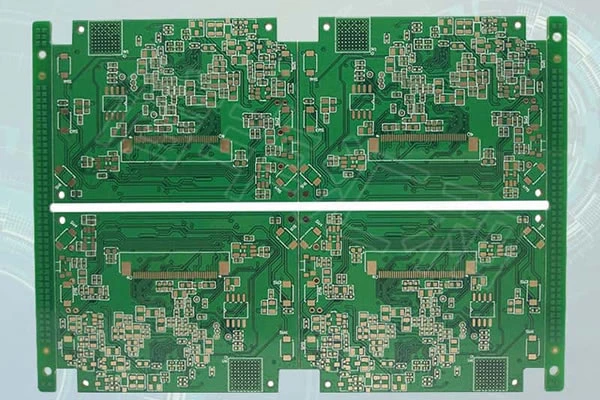
Precision Low-Resistance Alloy Resistors in 5G Smart Terminal Devices

Precision Low-Resistance Alloy Resistors in 5G Communication Systems
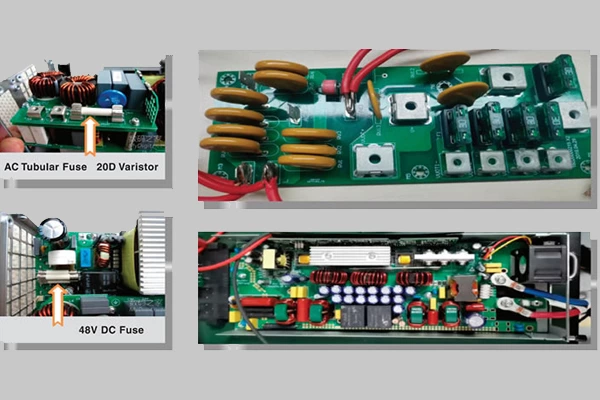
Precision Low-Resistance Alloy Resistors in 5G Base Stations
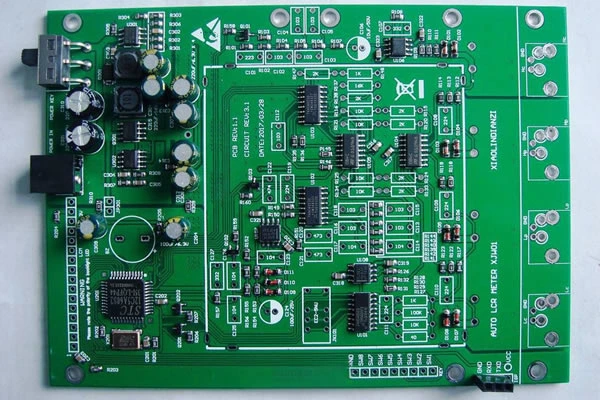
Precision Low-Resistance Alloy Resistors in Precision Measurement and Calibration Equipment
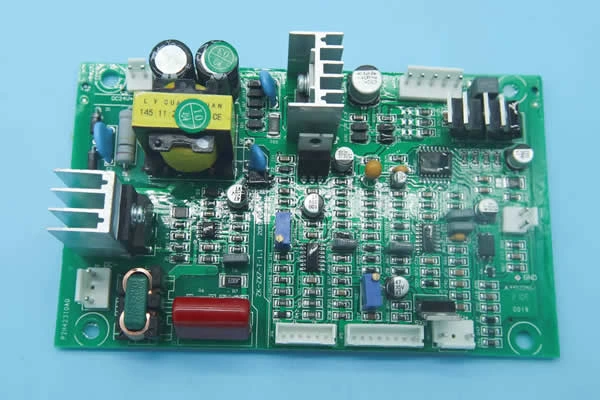
Precision Low-Resistance Alloy Resistors in Automation Control Systems

